
Time resolved photoluminescence spectroscopy probes those excited states which have a radiative decay channel. For these measurements we have two available setups.
In the first, a frequency tripled pulsed Nd:YAG laser with a pulse duration of 9 ns is used as an excitation source. This output can be converted by an optical parametric oscillator in a wavelength range of 210-2500 nm to stimulate the sample. The resulting emission is spectrally resolved using a spectrograph, and detected by a gated intensified CCD (ICCD). By a sequential shift of the gate window with respect to the excitation (over a range from 1 ns up to several ms), it is possible to measure the spectrally resolved decay of the photoluminescence, providing information about the excited state.
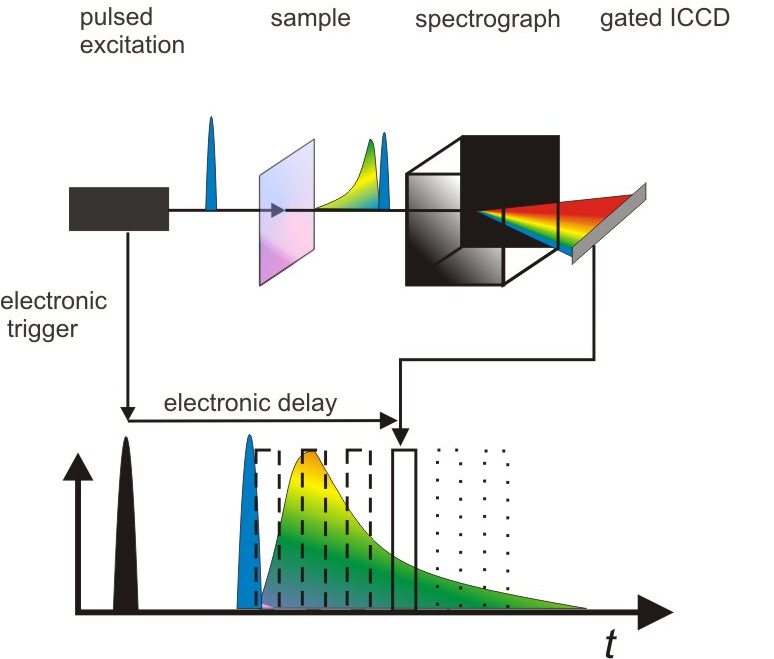
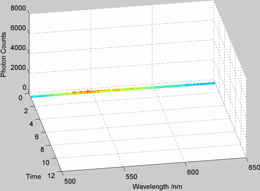
For excited states with lifetimes of less than 10 ns, a streak setup is available. In this setup, the excitation is given either by a Verdi pumped Ti:Sapphire Laser or a supercontinuum white light source, both with a pulse length of around 100 fs. For the latter, the desired excitation wavelength can be selected from the white light by an eight channel modulator. In this setup the photoluminescence signal is also spectrally resolved by a spectrograph before it hits the streak cathode. The electrons released by the streak unit travel through a time dependent field which is synchronized with the laser excitation. This causes the electrons to reach the target phosphor screen at a distinct height which depends upon the time after excitation that they were released in the streak cathode. The flash of striking electrons is recorded by a CCD camera. The result is a spectrally and time resolved image with a time resolution of around 15 ps.
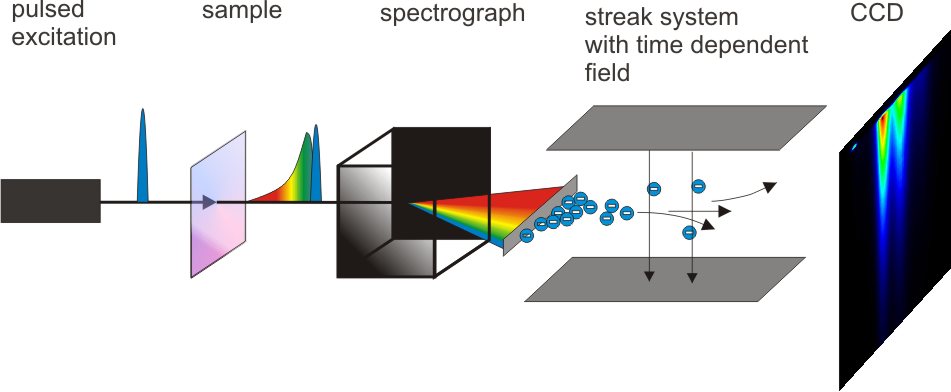
Fig. 2: Schematic View of the Streak setup.
Streak Camera System
Two Streak camera systems from Hamamatsu were recently installed in our labs. One camera covers the entire visible region with an outstanding 1.35 ps temporal resolution, while the second system covers, in addition,
the near-infrared spectral range up to 1600 nm. With these systems, we can simultaneously measure photoluminescence spectra across a broad spectral range and lifetimes over a wide dynamics range from picoseconds to microseconds.
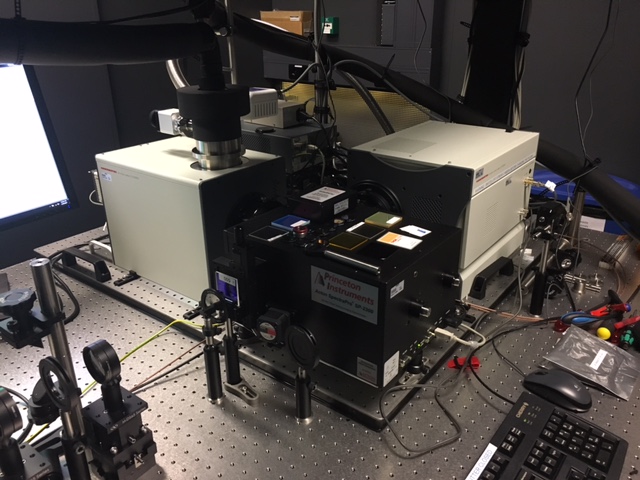
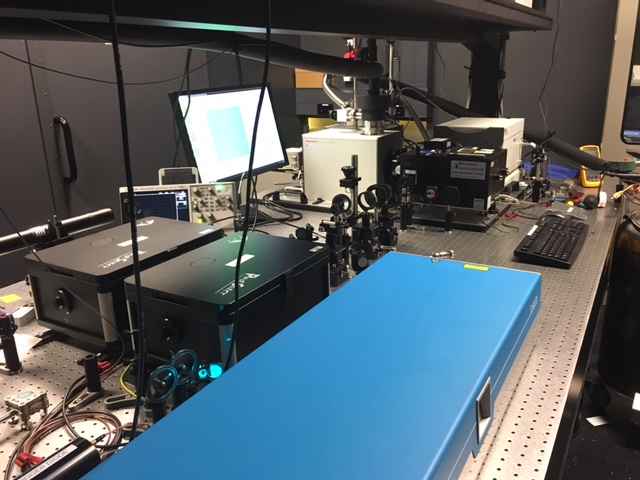
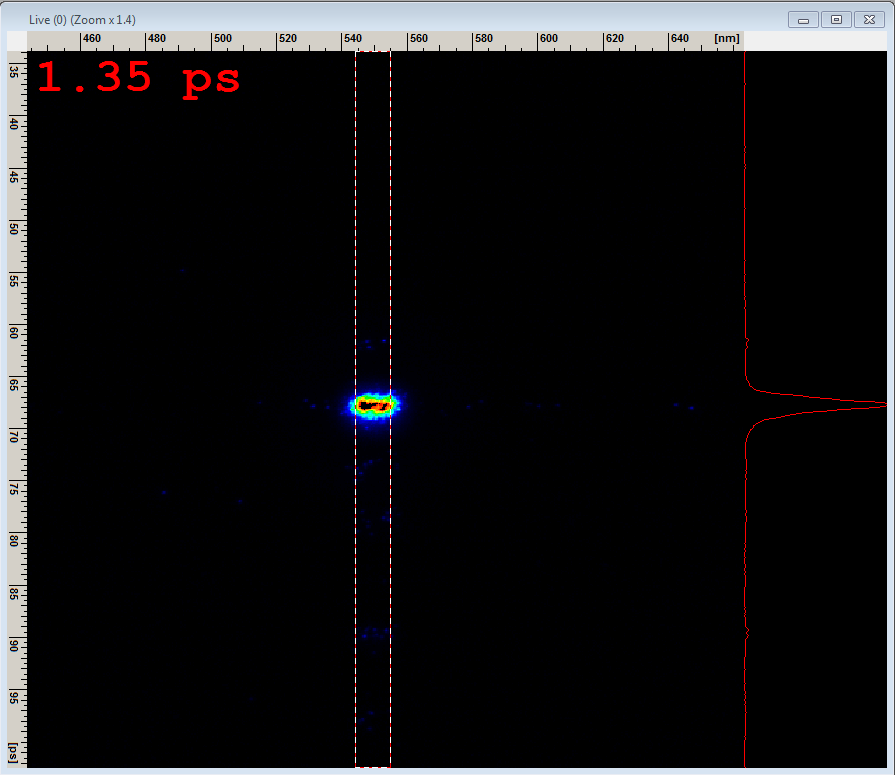
Fig. 3: Left to Right: Two streak systems available, previous OPO installed and two pulse pickers, and IRF.
For the Visible region the femtosecond pulses required for sample excitation are provided by a Chameleon Compact OPO-Vis pumped by a Chamaleon Ultra I Femtosecond Ti:Sapphire Laser. Two pulse pickers (PulseSelect from A.P.E.) allow us to control the repetition rate over a wide frequency range from 80 MHz down to several kHz.
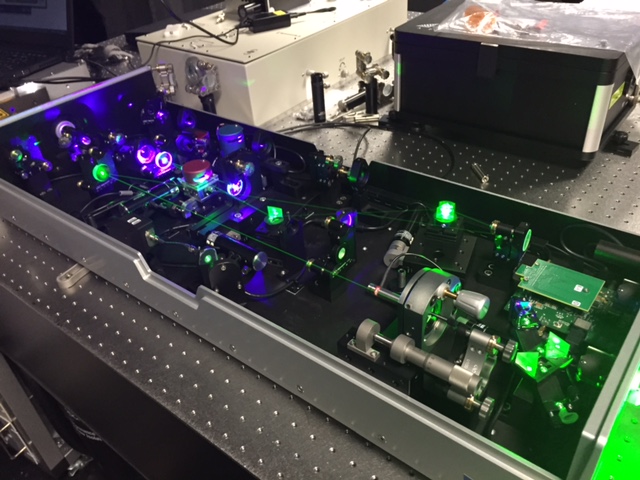
Fig. 4: Previous OPO installed.